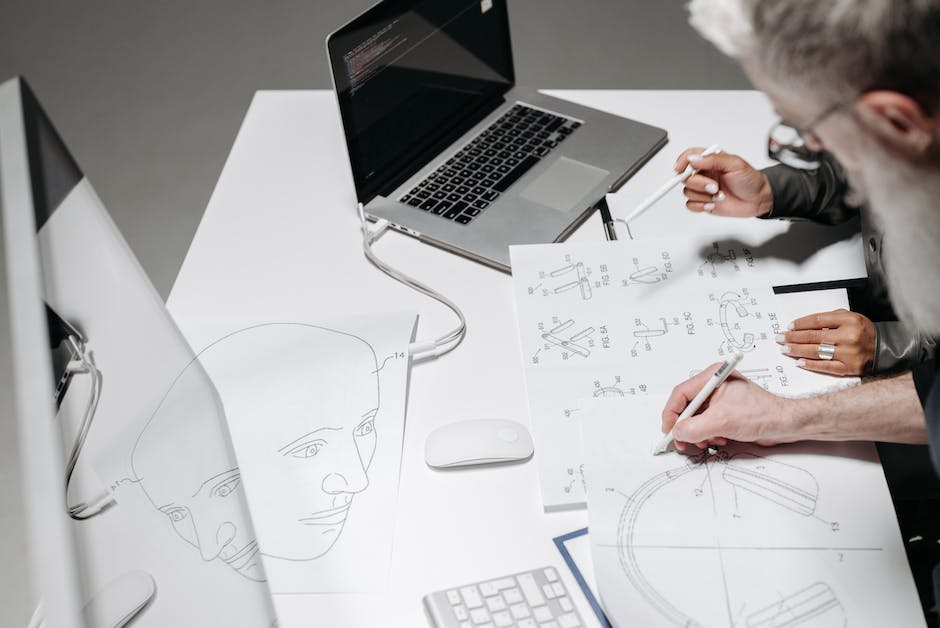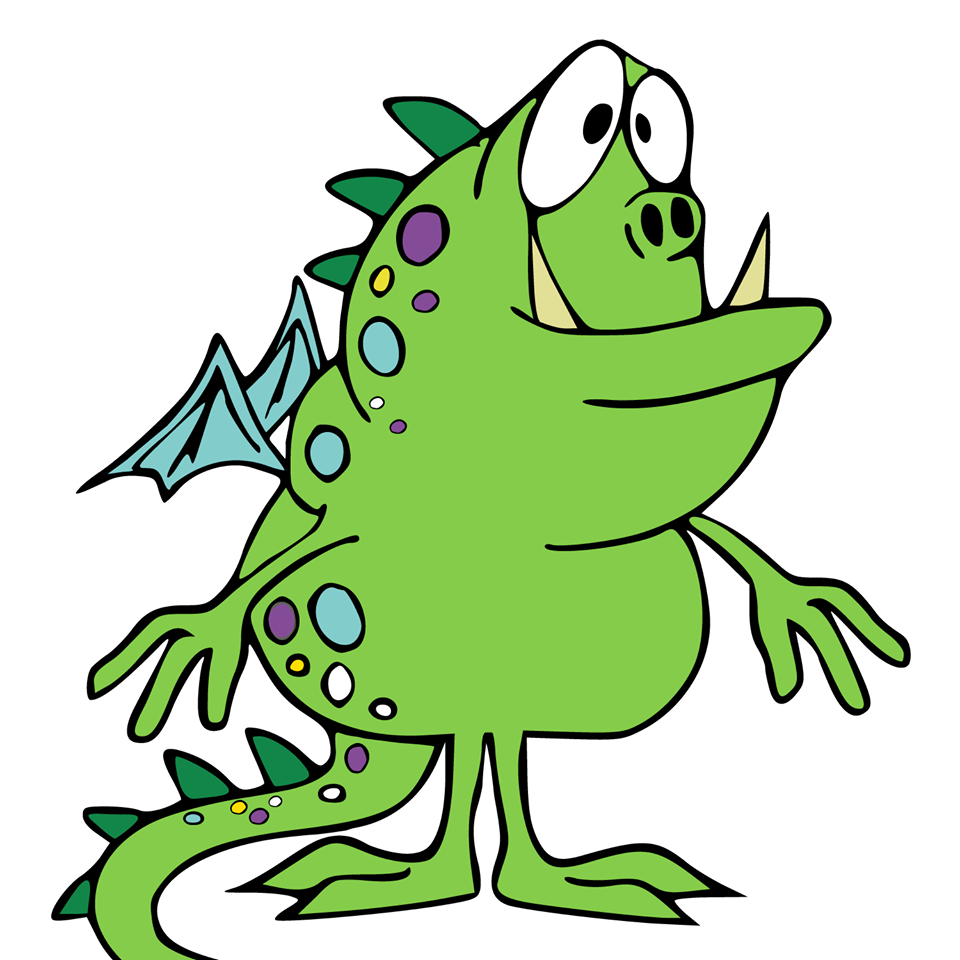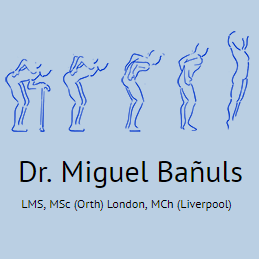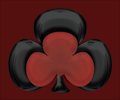Artificial Intelligence is revolutionizing numerous industries, and graphic design is no exception. The monumental shift brought about by AI software provides new avenues for creativity, productivity, and accuracy in the graphic design sector. From streamlined workflow processes to complex, AI-powered design tools, the boundaries of what’s achievable in graphics are being pushed farther than ever.
This overview delves into this fascinating journey, to understand the role of AI in Graphic Design, its benefits and limitations, and its implications for the future. It explores various AI tools in use today, and their direct impact on the designing field, punctuated with realistic case studies to provide tangible evidence of AI’s potent role in shaping this world.
Designs That Speak – Unleash Your Creativity Here!
The Intriguing Role of AI in the Realm of Graphic Design: A Current and Future Perspective
Artificial Intelligence, popularly known as AI, continues to make waves in various industries, revolutionizing processes and methodologies as we know it. A realm where this technology is becoming increasingly influential is graphic designing changing the landscape with its profound possibilities.
AI in the current scenario of graphic design is no longer as foreign a concept as it once was. Renowned platforms such as Adobe Sensei have seamlessly integrated AI into their graphic design workflow. It aids designers by automating repetitive tasks, like cropping images or finding suitable fonts trimming hours of manual labor and increasing productivity significantly.
AI algorithms can analyze vast amounts of data swiftly, offering unprecedented insights about trends and user behavior. This empowers designers with data-backed strategies for their creation, thus augmenting the effectiveness of their designs.
Additionally, AI-generated designs are becoming a reality, too. Machine learning models, trained on millions of professionally designed templates, can generate aesthetically pleasing designs in a matter of seconds. These AI creatives may not replace human designers yet, but can certainly be an amazing tool for brainstorming and initial drafts.
AI-based softwares can also produce personalized designs, tailoring them based on a user’s preferences and interaction history. This advantage is a game-changer, particularly for industries that rely heavily on user engagement and customization.
Moving into the future, the role of AI in graphic design looks set to become even more profound. As AI becomes more sophisticated in understanding and replicating human creativity, it can lead to a drastic paradigm shift in how designs are created.
One dazzling possibility is the concept of ‘co-creativity’, where AI doesn’t just serve as a tool but as a partner in the designing process. In essence, designers could have a creative brainstorming session with their AI system, bouncing ideas back and forth to inspire and improve each other’s work.
In the realm of 3D design and animation – a notoriously complex and time-consuming field – AI advancements could significantly streamline the process. AI could speed up rendering times, automate complex parts of modeling and animation, or even generate realistic textures and lighting effects.
There is also a potential for AI to democratize design. AI-powered design tools could bring high-quality design capabilities to non-professionals, helping small businesses, startups, and individual creators who don’t have the budget for professional graphic designers.
In the end, the goal is not for AI to replace human designers but to function as an ally – saving time, enhancing creativity, and pushing the boundaries of what’s possible. AI in graphic design is a thrilling frontier. It’s an exciting time to watch and participate in the journey as technology and creativity intersect in ways we’ve never seen before.
Don’t stop here! Click for the full scoop
AI-powered Tools in Graphic Design
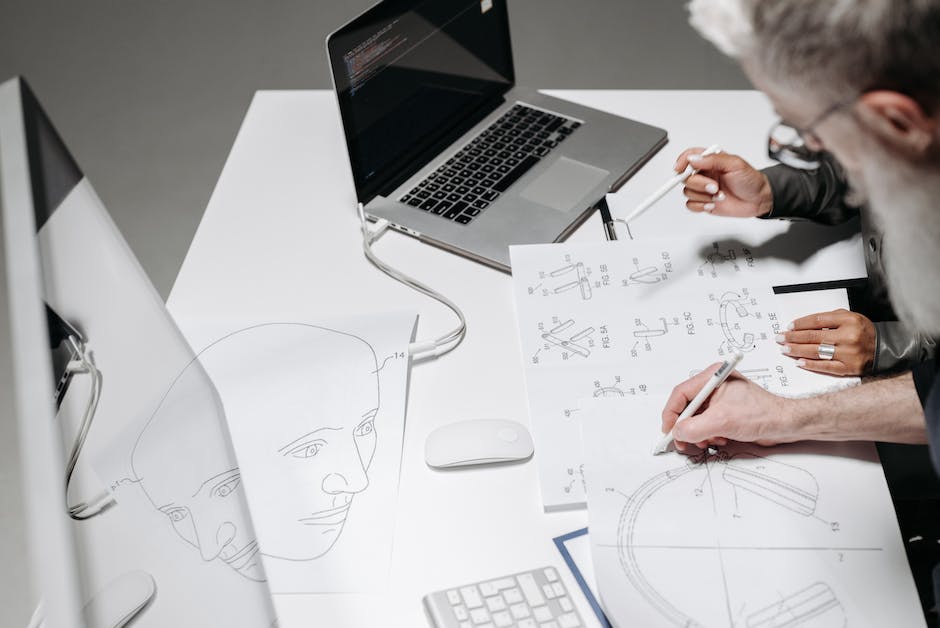
Continuing on, today we’ll discuss some of the leading AI-powered tools offering a new dimension to the graphic design industry. These avant-garde applications exemplify the exciting bond between creativity and technology.
Adobe Sensei is one of the pioneers incorporating AI into its software. It amplifies designers’ capabilities by speeding up the creative process and opening up fresh frontiers in the digital realm. Features like automatic content recognition, face detection, image cropping and tagging, and semantic search enable designers to work more efficiently.
Meanwhile, Autodesk’s Dreamcatcher is revolutionizing the 3D design space through AI. This generative design tool does not merely assist in drafting designs but goes a step further by providing optimized solutions based on set parameters. It reduces design iterations, increases precision, and boosts optimization in the creation process, providing a competitive edge in industries like engineering and architecture.
Canva is another tool harnessing the power of AI to make design accessible to all. It offers design templates, a massive library of elements, and an intuitive interface backed by machine learning. Its smart algorithms suggest design elements based on users’ preferences, enhancing customization and boosting creativity.
Moving ahead, Tailor Brands is creating ripples in the field of logo design with its AI-powered platform. It automates logo creation by understanding a user’s preferences and delivering customized designs in seconds. From logo design to branding, Tailor Brands supercharges businesses’ visual identity.
In the realm of photo editing and artwork, Deep Art Effects stands out with its AI-driven approach. This app transforms images into artworks resembling those of well-known artists. It showcases how AI can offer creative interpretations of inputs, proving a game-changer for digital artists and aficionados alike.
Then there is the AI Design Assistant Firedrop that has upended the traditional approach to website design. By automating the design process, it provides customized webpage designs within minutes, fueling the speed and efficiency of web development.
To conclude, these groundbreaking AI-powered tools are reshaping the graphic design industry, accelerating processes, enhancing customization, and injecting fresh creativity. Far from replacing human designers, they augment their capabilities to build compelling visual narratives. The future thus holds immense promise, with AI set to further transform the art of design.
Want the inside scoop? Click here to discover more!
Benefits and Limitations of AI in Graphic Design
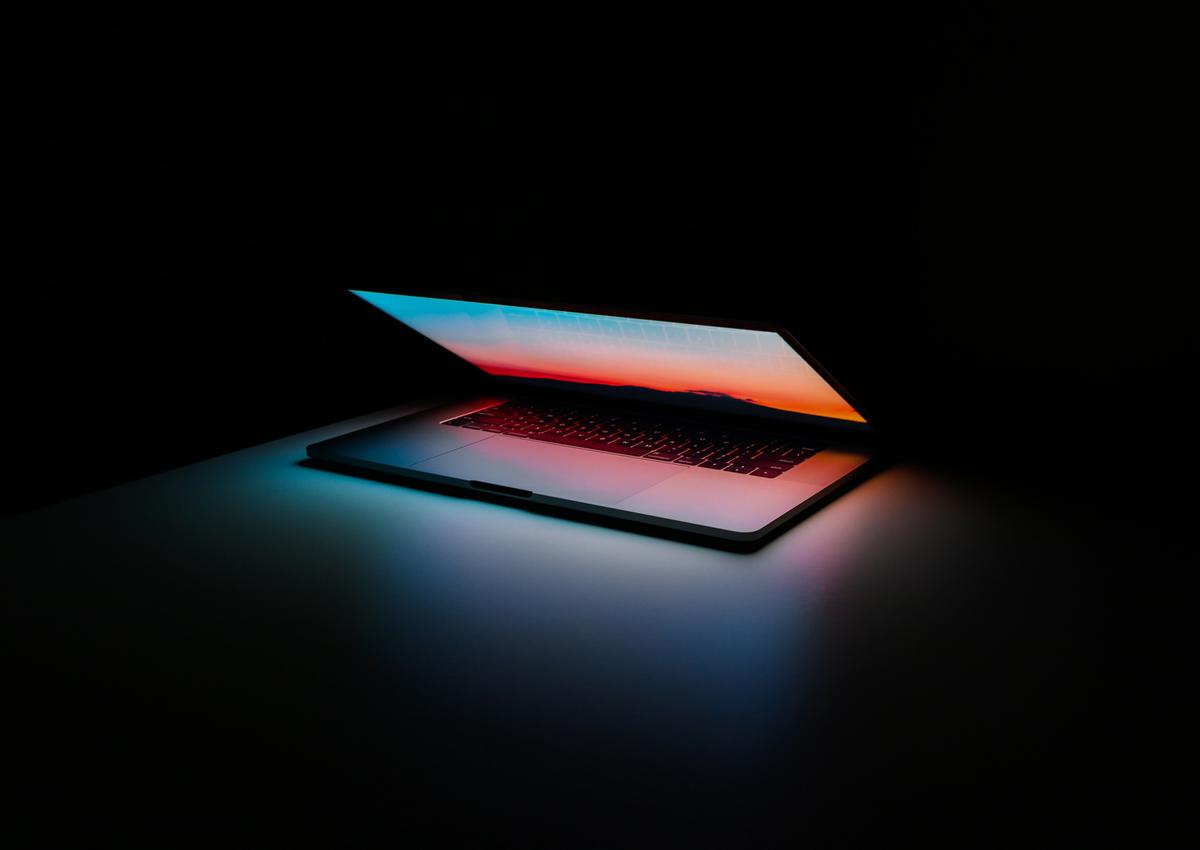
Following the exciting upheaval brought by the confluence of Artificial Intelligence (AI) and graphic design, a revelation of the benefits and challenges are compelling. This technology’s revolutionary impact has empowered practical tools like Adobe Sensei, Autodesk’s Dreamcatcher, Canva, Tailor Brands, Deep Art Effects, and Firedrop.
A significant benefit brought by AI is saving time. Adobe Sensei’s AI capstone is its ability to learn users’ preferences and habits, which makes the design process quicker, as it can automatically apply those preferences to future projects. Not only does this reduce the volume of monotonous and time-consuming tasks, but it also enhances the designer’s efficiency and productivity.
Similarly, the AI-powered suggestions granted by Canva results in swift design choices based on analyzed user behaviors and trends. Additionally, Deep Art Effects shows how AI can generate artwork, giving designers a head start in turning their ideas into finished products faster than ever before.
Another plus point is sophisticated personalization. Tailor Brand’s AI-driven logo design platform provides unique, tailor-made logos by whittling them down from broad inspirations that fulfill the user’s exact requirements. This level of customization, amplified by AI technology, significantly enhances the work of graphic designers.
An exciting feature of AI in graphic design is the ability to envision things through an entirely different lens. Autodesk’s Dreamcatcher’s foray into AI-assisted 3D design opened new avenues for creative designing, unravelling possibilities that may have previously been inconceivable.
However, despite these advantages, challenges in incorporating AI into graphic design persist. The first is the learning curve linked with AI tools. Understanding how to employ them effectively requires time and training, which can be daunting to some designers. Additionally, AI tools depend heavily on data input. If the data provided is inaccurate, incomplete or biased, the quality of the output produced by the AI tool will be affected.
While it’s thrilling that AI tools can create designs independently at lightning-fast speeds, this capacity also engenders a concern over originality and creativity. AI designs are influenced by data input and algorithms, hence they lack the innate human creativity, nuance, and spontaneity. Therefore, despite the nifty outputs produced, there’s still a risk of homogenized designs devoid of individualistic artistry and innovation.
On a larger scale, there’s trepidation around AI replacing human jobs in the design industry. Although the consensus is that AI should be perceived as an ally to amplify human designers’ skills and creativity, it’s essential to uphold this perspective to prevent job losses due to over-automation.
In conclusion, the incorporation of AI in graphic design presents a thrilling window of innovative possibilities, but it also brings challenges that need to be skillfully navigated. It’s a dynamic panorama that will certainly continue to evolve. This evolving landscape encourages technophiles and designers to closely watch and revel in the transformative power of AI in shaping the future of design.
Design Like Never Before – Unlock the Power of AI Tools!
Photo by alesnesetril on Unsplash
Case Studies: AI in Graphic Design
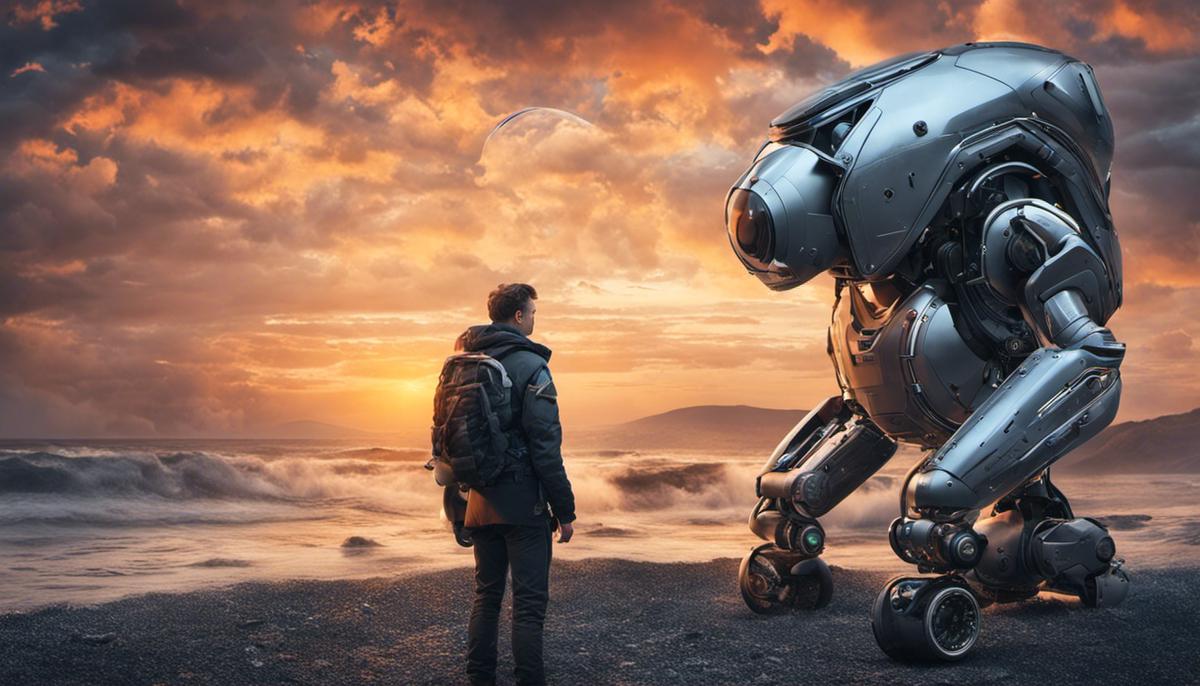
Drawing the ultimate line between AI-integrated models and traditional graphic design reveals unbeatable advantages. Microsoft’s PowerPoint Designer stands as a beacon of AI efficiency in graphic design. Built-in AI relentlessly examines the content put on the slides, suggesting layout enhancements to better communicate the intended message. As a result, presentations become more engaging – a clear display of how AI can turn around a formerly dull task.
The rise of AI in this space also paved the way for Wix’s Artificial Design Intelligence (ADI). Wix, an established platform for web design, took their offerings up a notch. Their AI tool gathers responses from users about design preference and diligently crafts a unique website. The finest point here lies in its adaptive nature, leading the way for highly personalized and aesthetically pleasing outputs.
Consider Google’s AutoDraw as another impressive real-world application. The tool harnesses AI’s power to smartly refine rough sketches, transforming hand-drawn doodles into crisp designs. This transformational prowess imparts a limitless horizon for graphic design, allowing every individual to come up with professional, appealing designs.
Nutshell is another innovation worth mentioning, relying on AI to sort, determine, and personalize images for use in social media advertising. Through a user-friendly application, AI factors in elements, such as color schemes, font styles, and visual hierarchy, to automatically generate appealing and effective ads.
Take a glance at Grid, an AI-powered website design tool, previously dubbed “The Website That Builds Itself.” By employing data-driven analytics, Grid ramps up the design output based on user behavior. The tool’s ability to iterate on designs as more data accumulates highlights AI as a driving force in future-proofing design processes.
Therefore, specifically in graphic design, AI comes out not as a threat, but as a tool, fine-tuning the output quality while cutting down on time-consuming procedures. It takes the mundane and ignites it with effortless sophistication. Indeed, the underpinning AI technology in graphic design reshapes the creative world and broadens the means in which it operates. There is no denying that AI brings so much more to the graphic design table than ever before, redefining boundaries while inspiring greater things. Hail to the intriguing merger of technology and design – the era of AI in graphic design. There’s no turning back from here.
Unlock the secrets – just one click away!
The Future of AI in Graphic Design
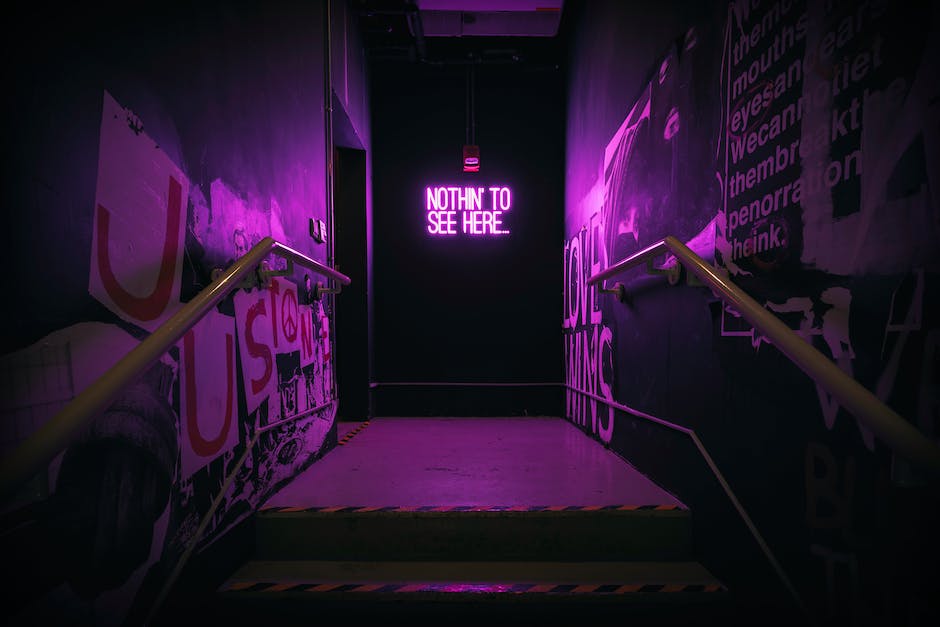
Pivoting into the future, AI is on the verge of assuming a more significant role in the realm of graphic design. One such advancement that’s become increasingly prevalent is the adaptation of AI in application interfaces. Tools like ‘Framer X,’ ‘Lucidchart’ and ‘Sketch2React’ employ machine learning to understand user behavior. They aim to predict the user’s next move, reducing the effort needed to manipulate and navigate the interface. The streamlined processes help designers focus more on creativity than tool navigation.
Another breakthrough facilitated by AI in graphic design is the area of data visualization. Operated by bots, platforms like Datapine and Infogram harness the power of AI to interpret complex data. They then convert these into user-friendly, aesthetically pleasing visuals in a few simple steps. These automated algorithms provide accurate visualizations, allowing designers to focus on crafting the narrative around data instead of laboring over raw numbers.
Yet another innovative adaptation of AI in graphic design is colorization – the ability to add color accurately to black and white images. Tools like DeOldify employ deep learning mechanisms to perform such tasks, making the once time-consuming process swift, easy, and precise. Such technology not only extends the reach of graphic designers but also breathes new life into old and archival images.
Moreover, the promise of AI in augmented reality (AR) and virtual reality (VR) design is noteworthy, expanding the scope and potential of graphic design. High-end tools like Tilt Brush by Google gives designers the ability to paint in three-dimensional space with virtual reality. It’s an immersive way of making design more visceral, taking creativity to another plane of existence. Adobe Aero, too, empowers designers to create immersive experiences in AR without any coding skills.
The software company Corel is paving the way in incorporating machine learning into graphic design with its application ‘CorelDRAW.’ This platform offers ‘LiveSketch,’ a potent tool harnessing a neural network to understand and mimic human artistic strokes. The aim is to replace the need for sketching on paper and scanning, making the initial design process quicker and effortless while retaining the human creative touch.
It’s evident AI is not here to replace the role of graphic designers; it simply serves as an intelligent partner. AI allows for wider exploration and exponentially more possibilities in the design process. The only limitation to AI in graphic design is the edge of our collective imagination. Ultimately, the best designs will still spring from the creative well of human designers, their intuition, and their world experiences teeming with the unpredictability that AI cannot replicate.
After all, machines and computers have their algorithms and code; designers have inspiration, artistry, and heart. AI, in the end, is just a tool albeit a powerful one in the artist’s toolbox. The challenge for the future lies in harnessing this tool efficiently, ethically, and in ways that enhance creativity rather than diminish it. The role of AI in graphic design is progressing rapidly, and its implementation will only broaden design horizons. Its potential suggests a future where designers and AI will work hand in hand, fueling creativity beyond measure.
Revolutionize Your Designs with AI Power – Explore More!
Final Thoughts
The acceleration of AI’s integration into graphic design continues to fostermore innovative, cost-effective, and time-bound projects, fueling unprecedented transformations in the field. The potential of AI in this arena is immense and unveils new horizons for both established designers and those taking their initial steps into the world of graphic design. While there are still limitations to overcome, the trend towards AI-fueled design shows no signs of abating. The future of graphic design is undeniably intertwined with AI, offering significant opportunities for those eager to engage with this exciting interplay of technology and creativity. This discussion serves as a harbinger for those who aim to harness the full potential of AI in shaping graphic design’s road ahead.

